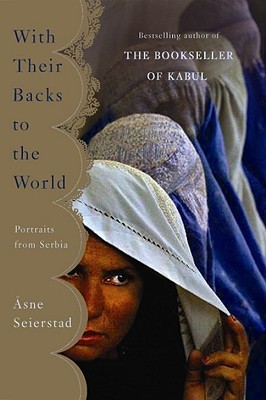What do you think?
Rate this book


340 pages, Paperback
First published January 1, 2000
At first we were confused. The East thought that we were West, while the West considered us to be East. Some of us misunderstood our place in the clash of currents, so they cried that we belong to neither side, and others that we belong exclusively to one side or the other. But I tell you, Ireneus, we are doomed by fate to be the East in the West and the West in the East, to acknowledge only heavenly Jerusalem beyond us, and here on earth—no one
—St. Sava to Ireneus, 13th century